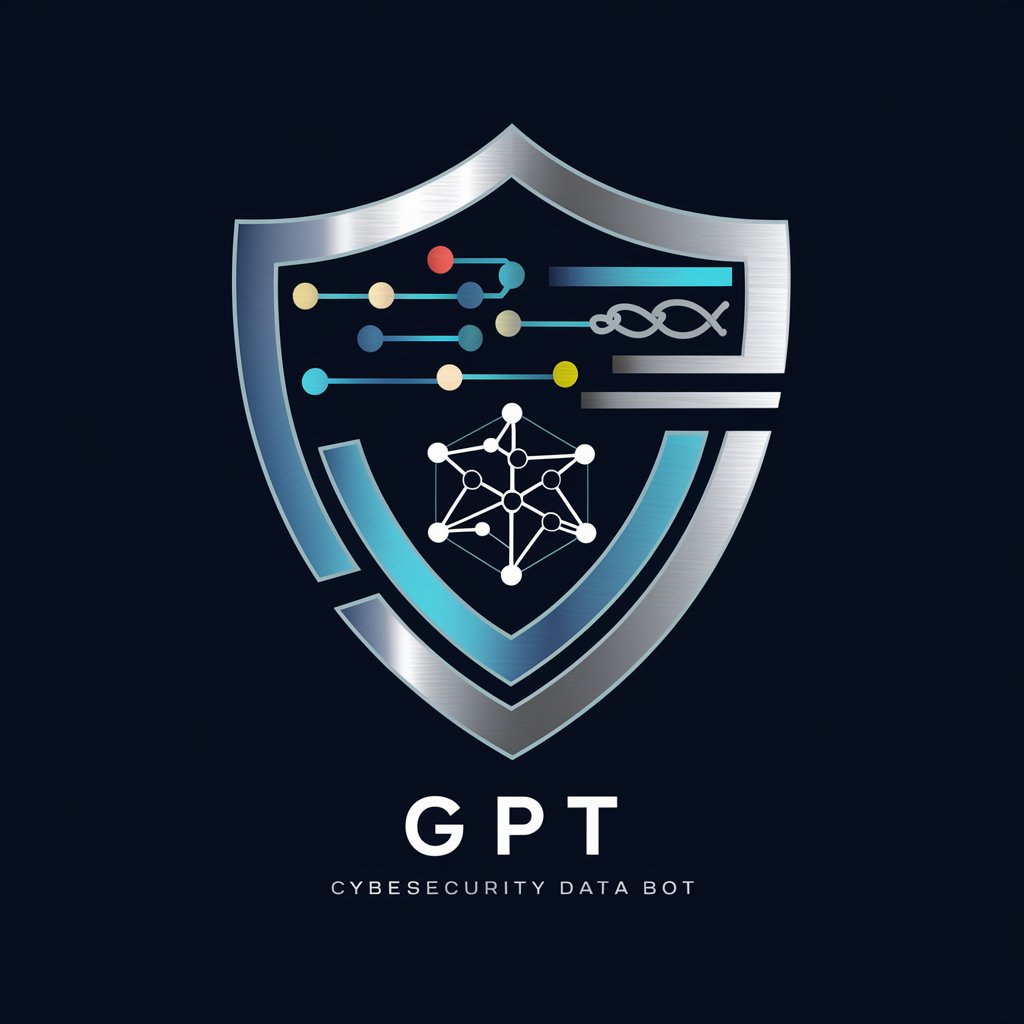
Cyber security - Cyber Security Guidance

Welcome! I'm here to help you stay safe online.
Empowering security with AI insights
How can I secure my home network?
What are the best practices for creating strong passwords?
Can you explain how phishing attacks work and how to avoid them?
What steps should I take if I suspect a data breach?
Get Embed Code
Introduction to Cyber Security
Cyber security refers to the practice of defending computers, servers, mobile devices, electronic systems, networks, and data from malicious attacks. It encompasses a range of techniques and strategies to protect the integrity, confidentiality, and availability of information. Cyber security is critical in the digital age, where data breaches, cyber-attacks, and identity theft can have significant financial and personal impacts. Examples of cyber security measures include the use of firewalls, encryption, intrusion detection systems, and anti-virus software. An illustrative scenario is a business implementing multi-factor authentication and regular security training for employees to mitigate the risk of data breaches. Powered by ChatGPT-4o。

Core Functions of Cyber Security
Threat Intelligence
Example
Analyzing emerging threats to proactively defend against potential cyber-attacks.
Scenario
A company uses threat intelligence tools to identify and respond to a new ransomware campaign targeting their industry, preventing a possible attack.
Risk Management
Example
Identifying, assessing, and implementing strategies to mitigate cyber risks.
Scenario
An organization conducts regular risk assessments to prioritize and address vulnerabilities in their IT infrastructure, reducing their exposure to cyber threats.
Incident Response
Example
Managing and mitigating the effects of cyber incidents to minimize damage.
Scenario
Following a data breach, a cyber security team coordinates an effective response that includes isolating affected systems, communicating with stakeholders, and restoring services.
Compliance and Governance
Example
Ensuring adherence to laws, regulations, and policies related to cyber security.
Scenario
A healthcare provider implements stringent security measures to comply with HIPAA regulations, safeguarding patient data and avoiding legal penalties.
Education and Awareness
Example
Training users to recognize and respond to cyber threats effectively.
Scenario
A university offers cyber security awareness programs to educate students and staff about phishing, password security, and safe browsing practices.
Ideal Users of Cyber Security Services
Businesses and Corporations
These entities require robust cyber security to protect their assets, maintain customer trust, and comply with regulations. They benefit from comprehensive security measures to prevent data breaches, intellectual property theft, and financial losses.
Government Agencies
Government entities manage sensitive information and critical infrastructure, making them prime targets for cyber attacks. Cyber security helps safeguard national security, citizen data, and essential public services.
Individual Consumers
With the increasing prevalence of digital transactions and personal data online, consumers need cyber security to protect against identity theft, financial fraud, and privacy breaches.
Educational Institutions
Schools and universities store vast amounts of personal and research data, necessitating strong cyber security measures to protect against unauthorized access and cyber threats.
Healthcare Providers
These users deal with highly sensitive health records and must comply with strict regulations like HIPAA. Cyber security is crucial for protecting patient information and ensuring the availability of critical healthcare services.

How to Use Cyber Security
Start your journey
Begin by visiting yeschat.ai to explore a free trial that requires no login or ChatGPT Plus subscription.
Identify your needs
Assess your cybersecurity needs, whether for personal data protection, securing a business network, or enhancing your cyber awareness.
Select your tools
Choose from a range of cybersecurity tools and services offered, tailored to meet your specific security requirements.
Implement security measures
Follow step-by-step guides to implement the recommended cybersecurity practices, such as strong passwords, two-factor authentication, and regular software updates.
Stay informed
Keep up to date with the latest in cyber threats and security tips by subscribing to updates and participating in community discussions.
Try other advanced and practical GPTs
Security Sentinel
Automating AI Security Intelligence

Security Abteilung
Empower your cybersecurity with AI-driven insights.

Security cameras
AI-powered Content Mastery

Security Analyst
Empowering Security Through AI

Homeland security
Powering Security Insights with AI

Security-Dude
Empowering Cybersecurity with AI

抬杠高手
Challenge Your Views with AI

Moment of Joy(刹那欢愉)
Bringing Stories and Laughter to Life

复旦大学生活顾问
Navigate Life with AI Insight

那森
Revolutionizing Literary Analysis with AI

wangwanqiang的小助理
AI-Powered Java Expertise at Your Fingertips

孙子兵法决策助手(The Art of War Strategy Assista)睿谋-by那睿
Empowering decisions with ancient wisdom

Cyber Security Q&A
What is cyber security?
Cyber security involves practices, technologies, and processes designed to protect computers, networks, programs, and data from attack, damage, or unauthorized access.
How does one stay updated on cyber threats?
Regularly follow cyber security news sources, subscribe to security bulletins, participate in forums, and attend webinars or training sessions.
What are common cyber security practices?
Common practices include using strong, unique passwords, enabling two-factor authentication, regularly updating software, and educating oneself on phishing tactics.
How can businesses enhance their cyber security?
Businesses can enhance their security by conducting regular security audits, training employees in security awareness, implementing strict access controls, and employing a dedicated cybersecurity team.
What role does AI play in cyber security?
AI enhances cyber security by automating threat detection, analyzing vast amounts of data for suspicious activities, and predicting potential vulnerabilities before they are exploited.





